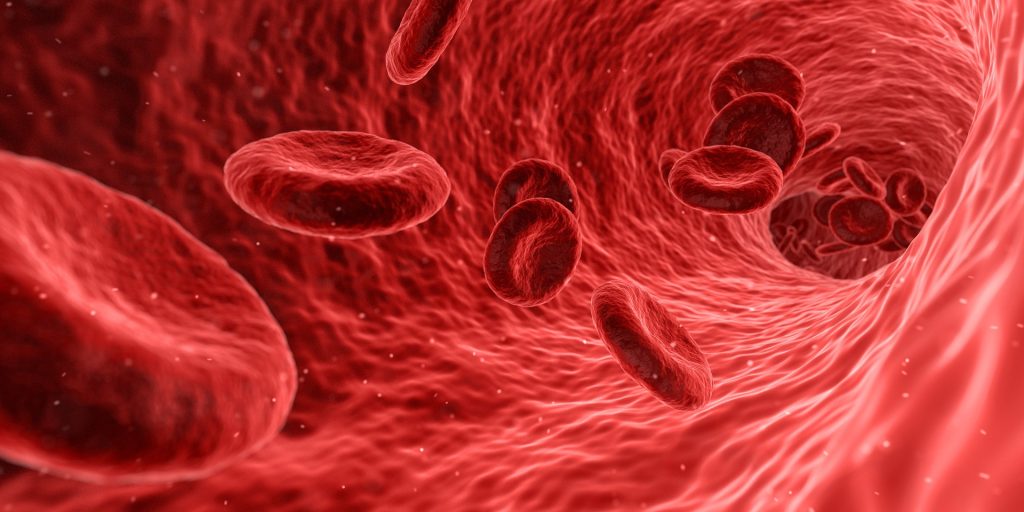
Red blood cells have been discovered to have a critical function as immune sensors by binding cell-free DNA (nucleic acid) present in the body’s circulation during sepsis and COVID.
This DNA-binding capability triggers their removal from circulation, driving inflammation and anaemia during severe illness and playing a much larger role in the immune system than previously thought. Scientists have long known that red blood cells also interacted with the immune system, but not whether they directly altered inflammation, until now. The study appears in Science Translational Medicine.
“Anaemia is common, affecting about a quarter of the world’s population. Acute inflammatory anaemia is often seen early after an infection such as parasitic infections that cause malaria,” said senior author Nilam Mangalmurti, MD, an assistant professor of Medicine at Penn. “For a long time we haven’t known why people, when they are critically ill from sepsis, trauma, COVID, a bacterial infection, or parasite infection, develop an acute anaemia. These findings explain one of the mechanisms for the development of acute inflammatory anaemia for the first time.”
Toll-like receptors (TLRs) play a key role in the immune system by activating immune responses like cytokine production. Analysing the red blood cells of about 50 sepsis patients and 100 COVID patients the study found that, during these illnesses, red blood cells express more TLR9 on their surface.
When the red blood cells bind too much inflammation-causing nucleic acid, they lose their normal structure, causing the body to no longer recognise them, prompting macrophages to engulf them. When this happens, it causes the immune system to become activated in otherwise unaffected organs, creating inflammation. The discovery of this mechanism will allow research on blocking this specific receptor and creating targeted therapies for autoimmune diseases, infectious diseases, and various inflammatory illnesses associated with acute anaemia.
“Right now when patients in the ICU become anaemic, which is almost all of our critically ill patients, the standard is to give them blood transfusions, which has long been known to be accompanied by a host of issues including acute lung injury and increased risk of death,” Prof Mangalmurti said. “Now that we know more about the mechanism of anaemia, it allows us to look at new therapies for treating acute inflammatory anaemia without transfusions, such as blocking TLR9 on the red blood cells. Targeting this TLR9 may also be a way to dampen some of the innate immune activation without blocking this receptor in immune cells, which are very important for the host when fighting a pathogen or injury.”
This DNA-binding discovery could also have implications for research into using red blood cells in diagnostics, Prof Mangalmurti said. For example, a physician might be able to take red blood cells from a patient with pneumonia, sequence the nucleic acid absorbed from the infection, and identify the specific kind of pathogen to better determine what kind of antibiotic to prescribe.
Prof Mangalmurti and colleagues are looking at whether this is a valid option in diagnosing infection in critically ill patients and if this DNA-binding mechanism by red blood cells is a universal mechanism of anaemia in parasitic infections.
Source: Perelman School of Medicine at the University of Pennsylvania

